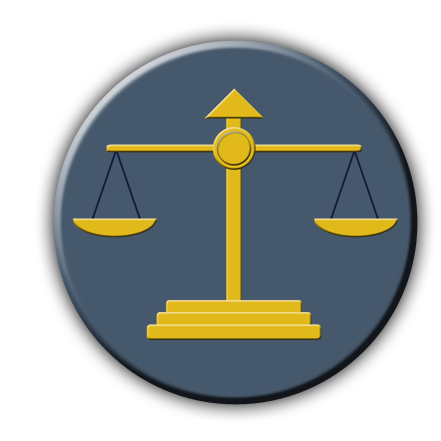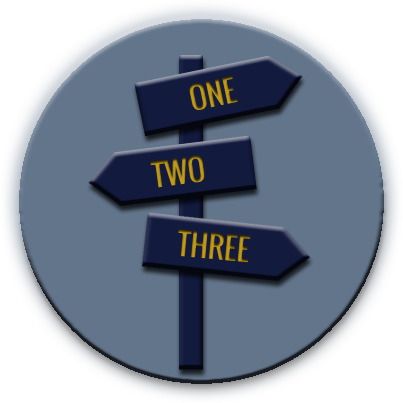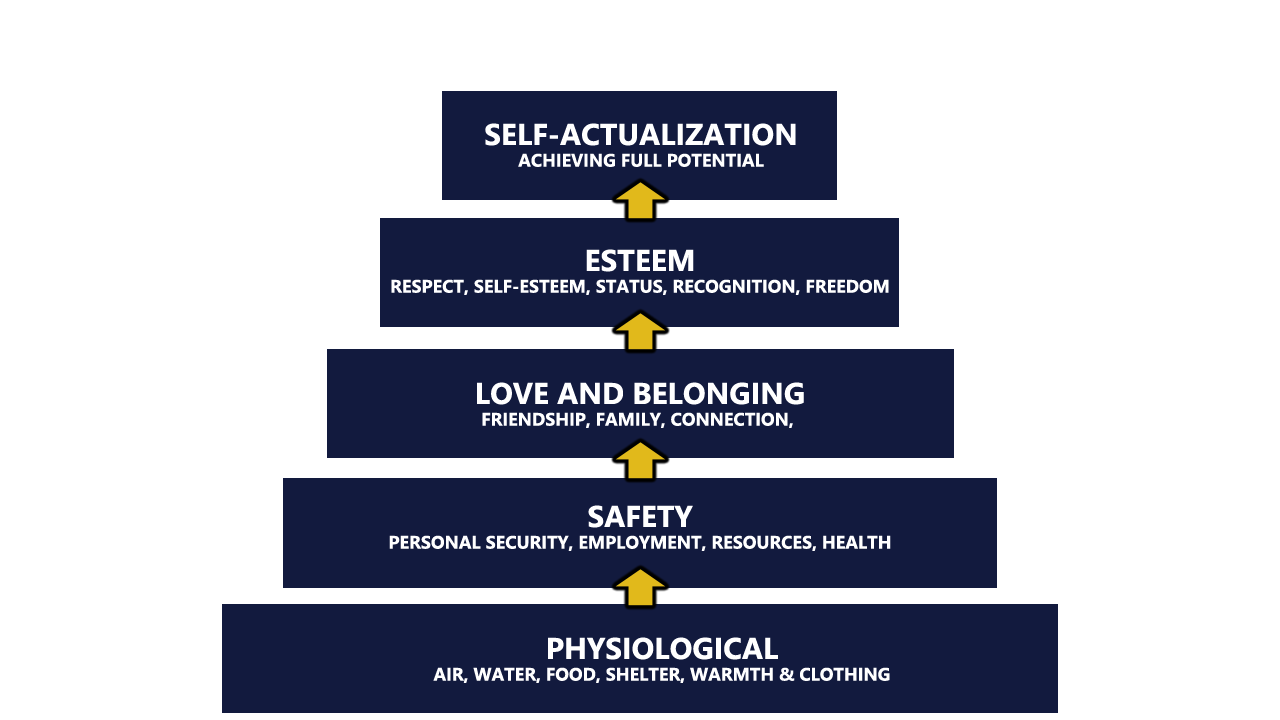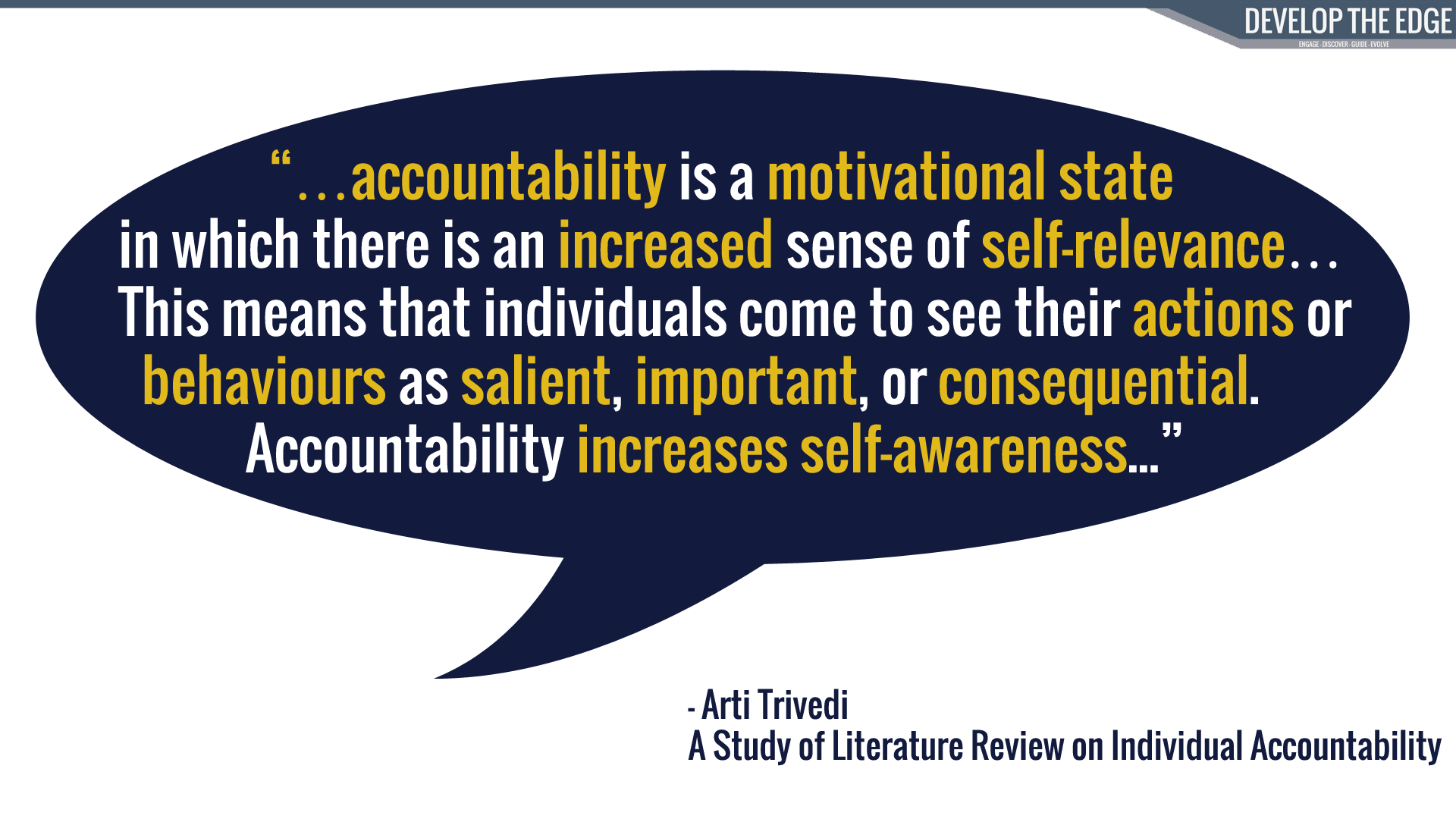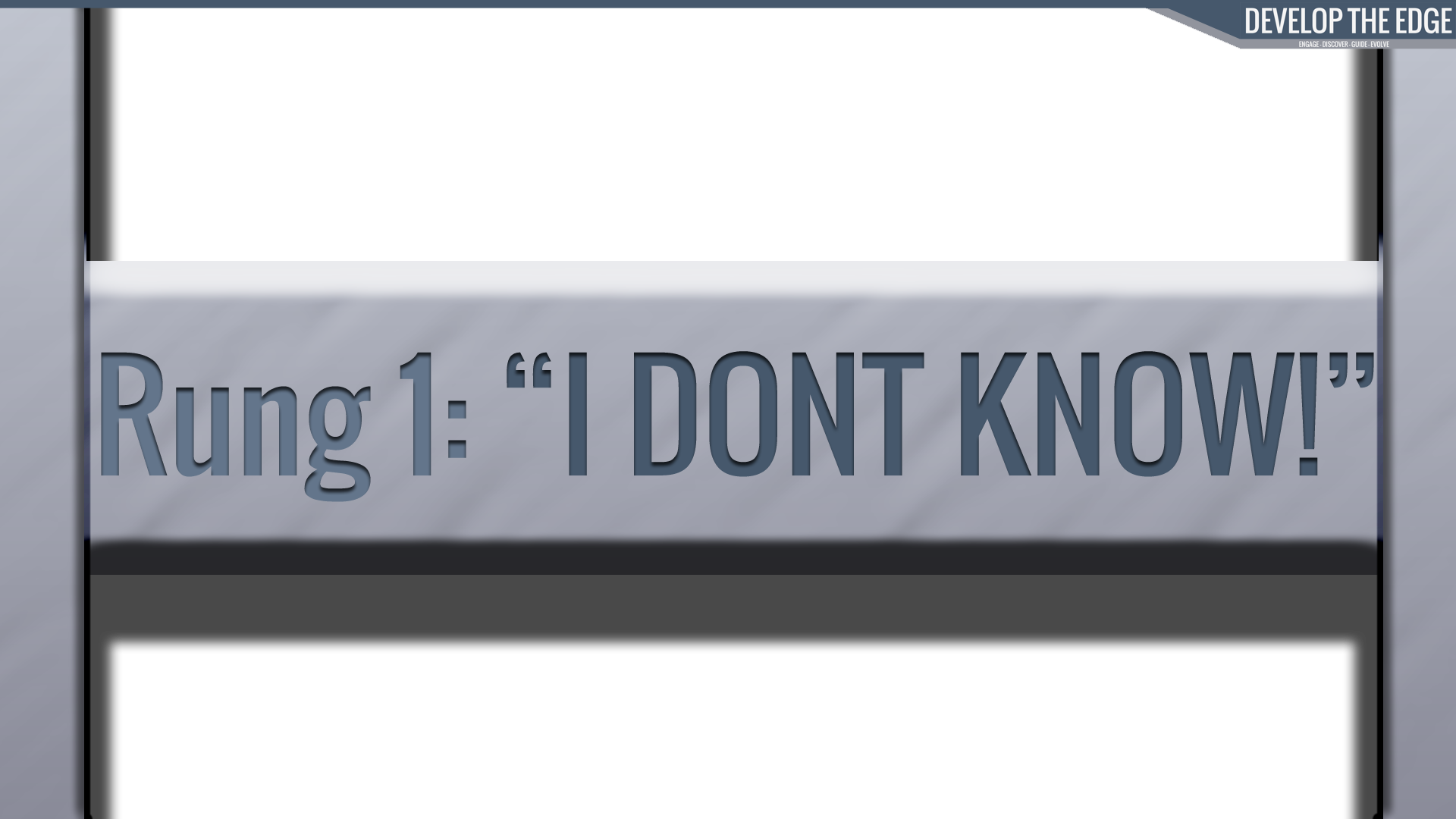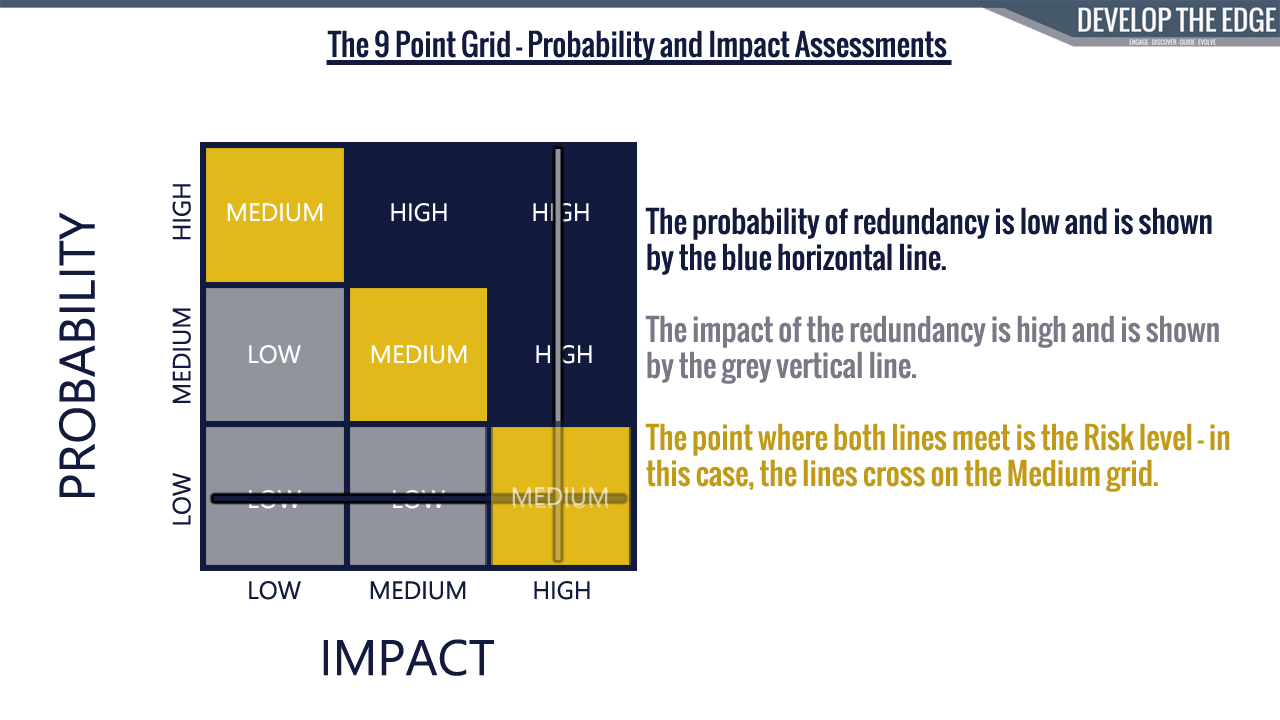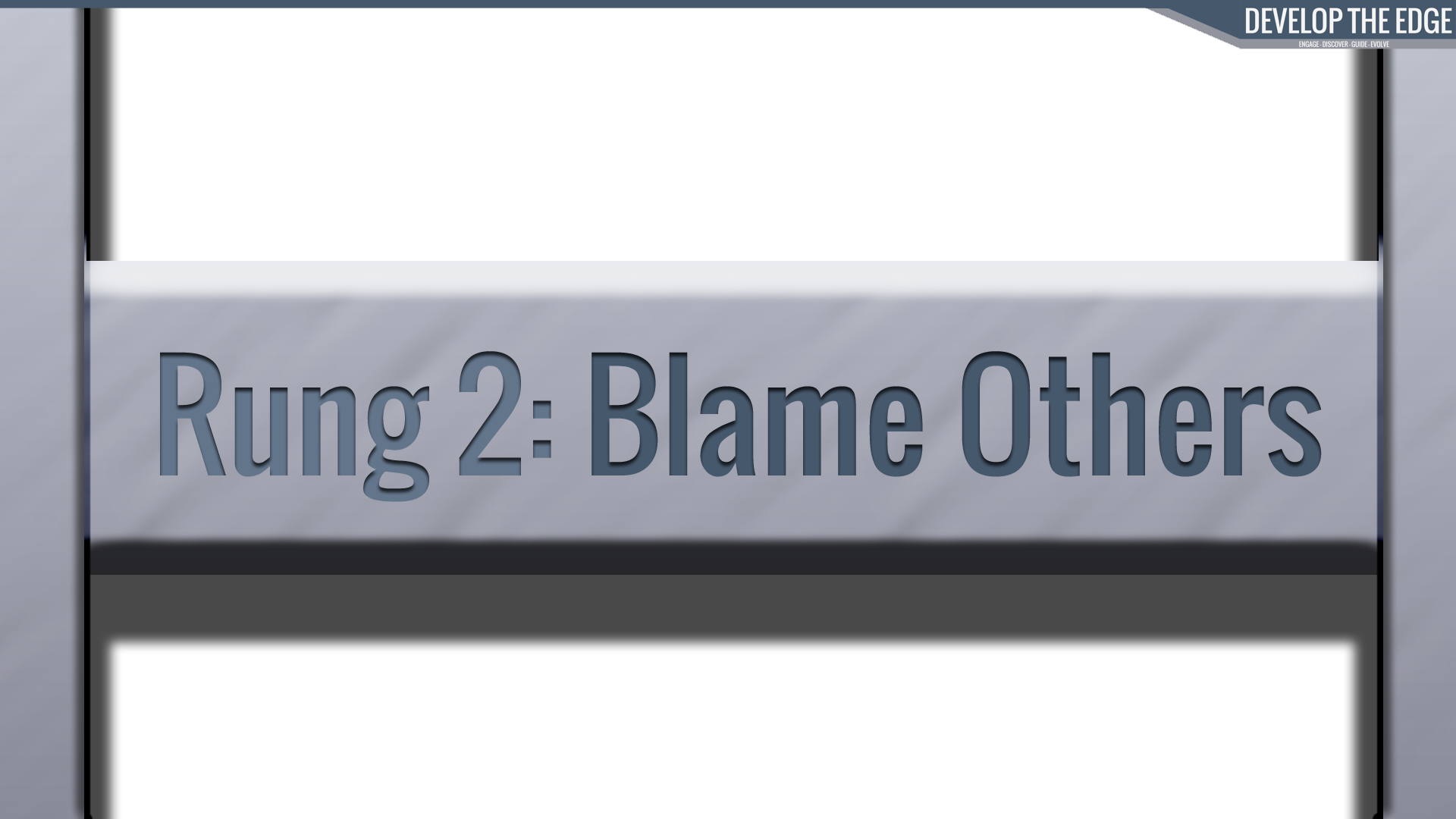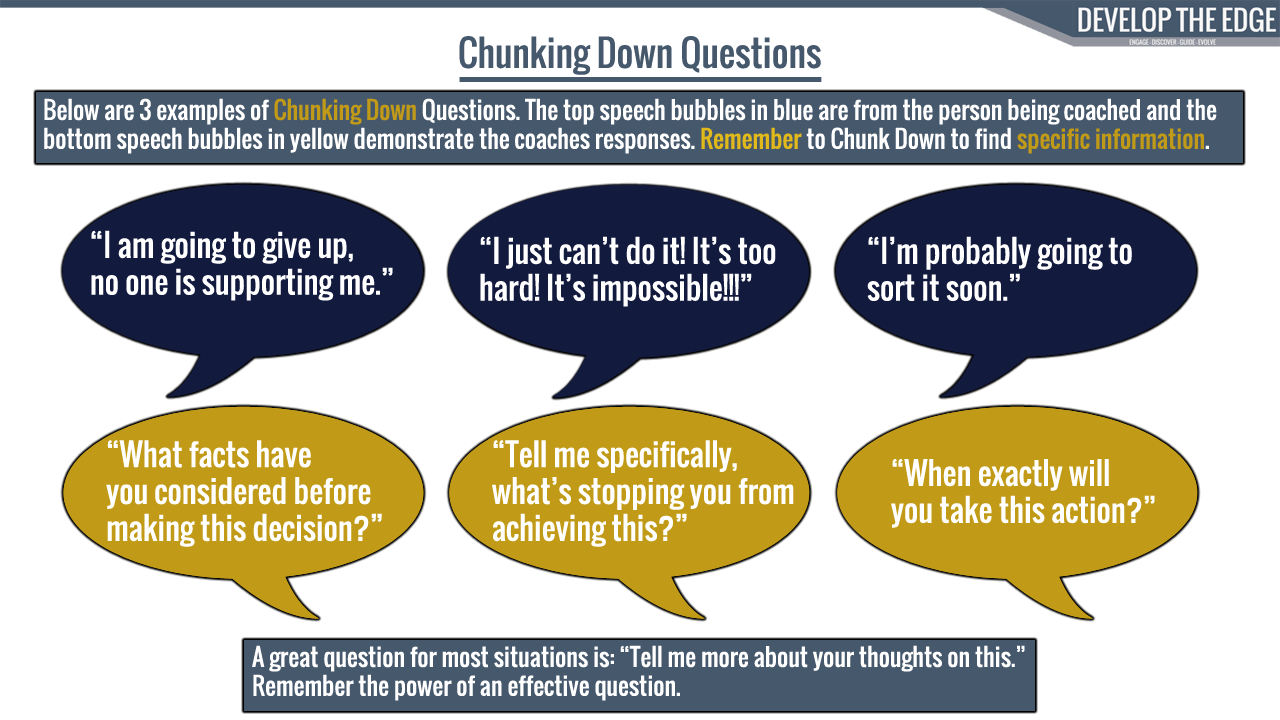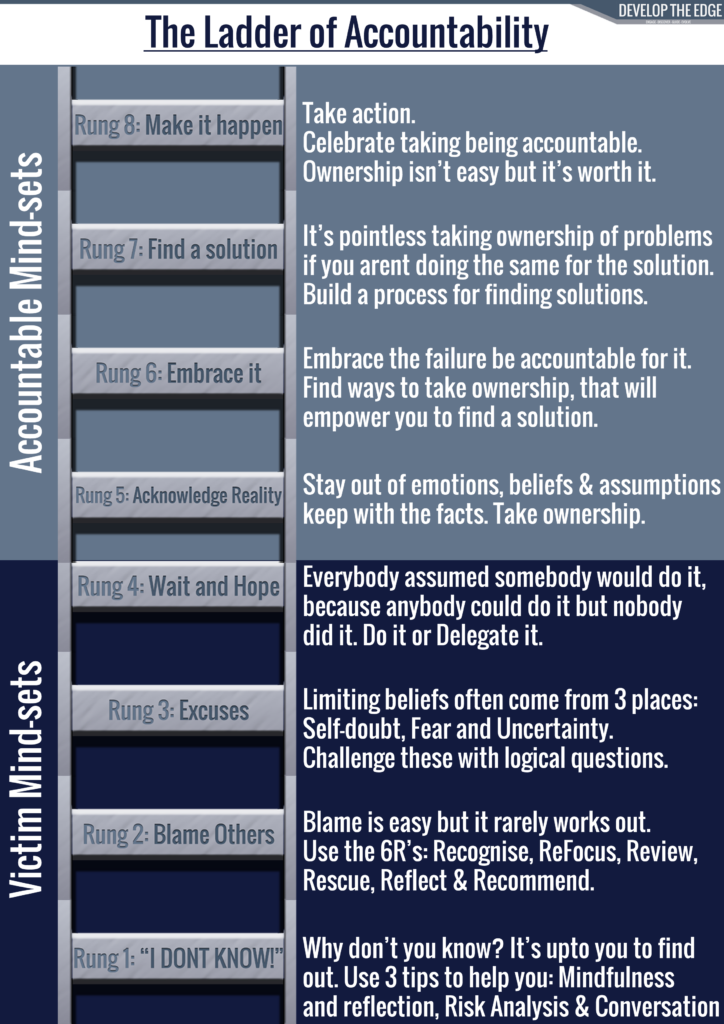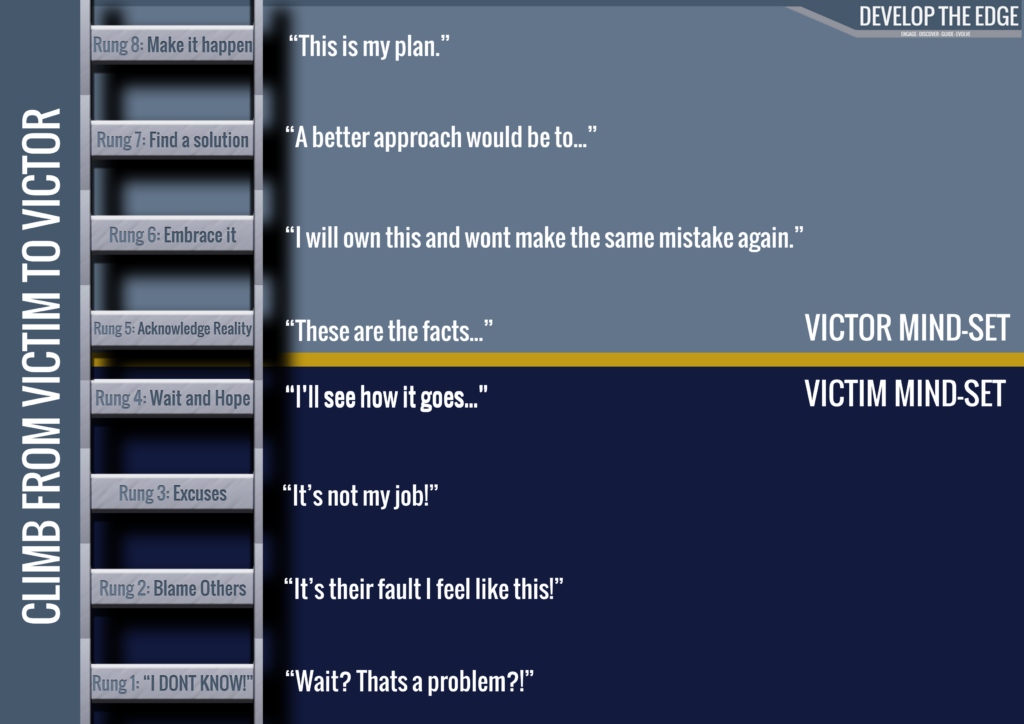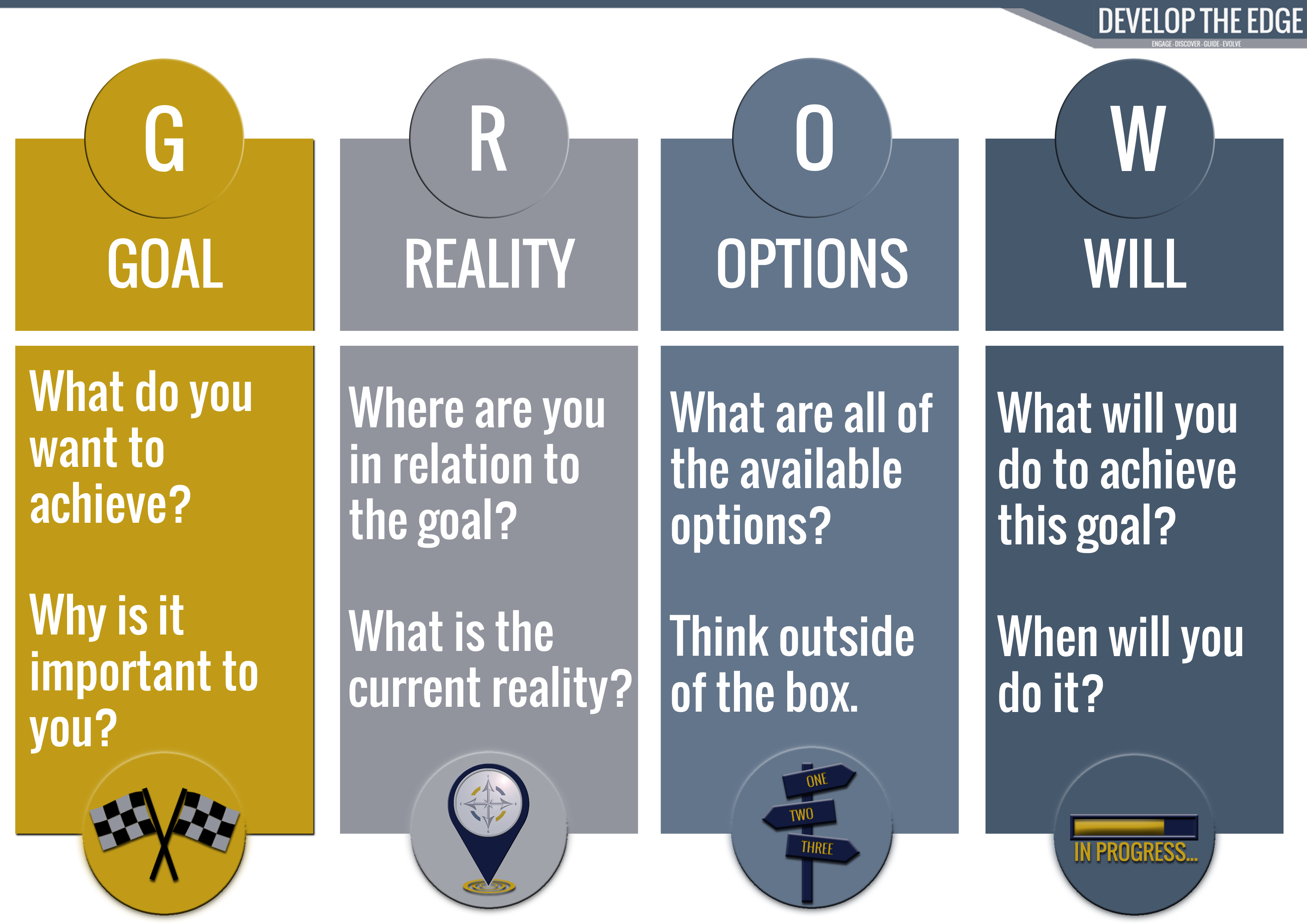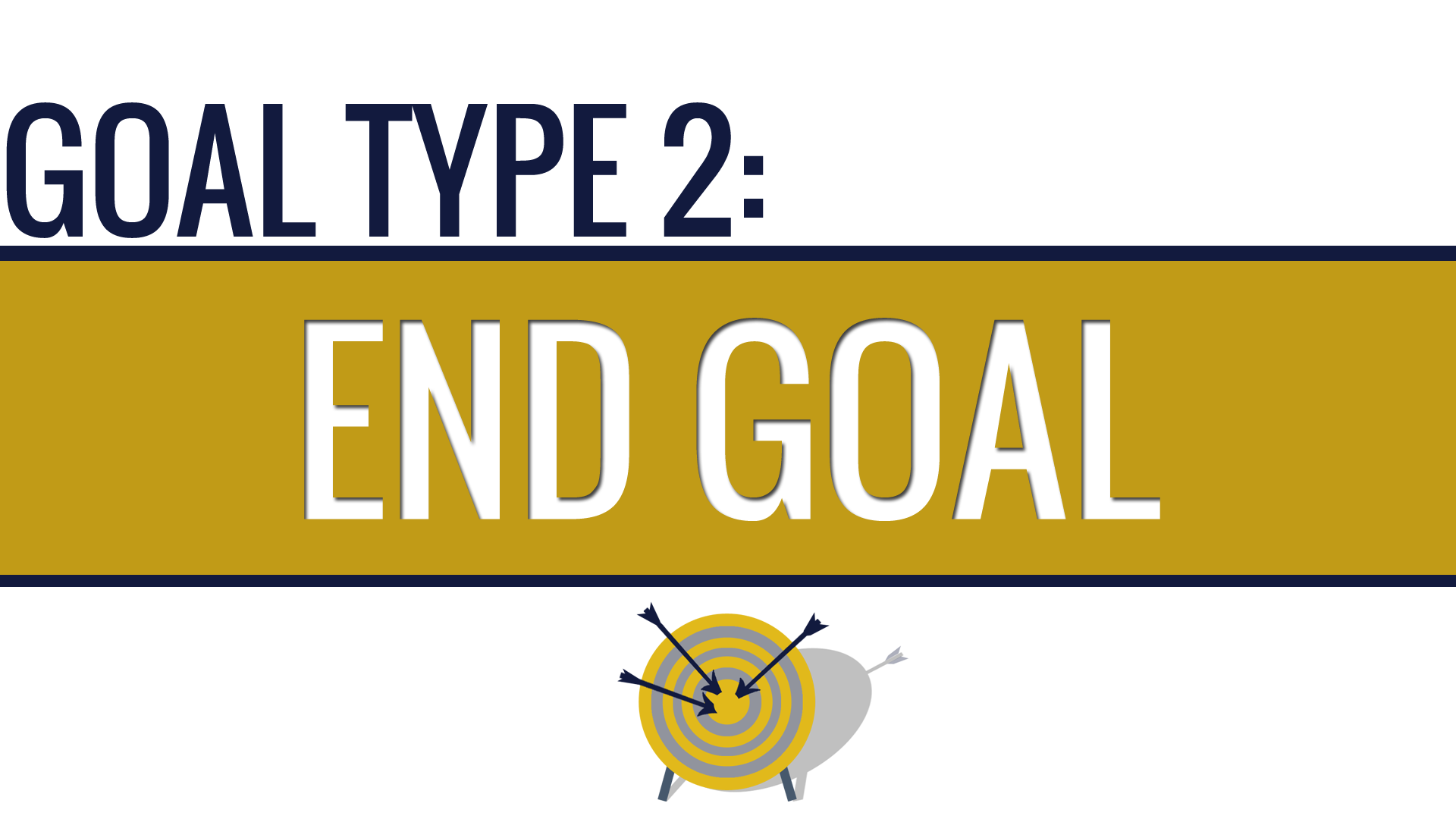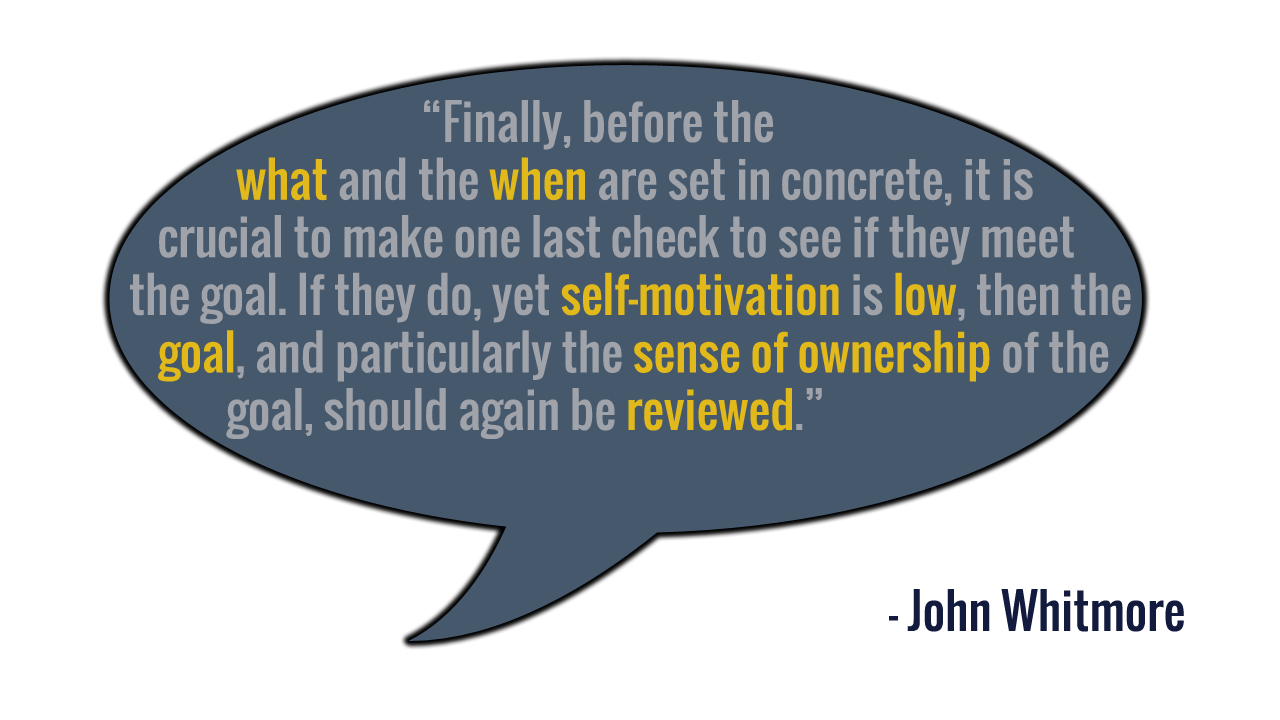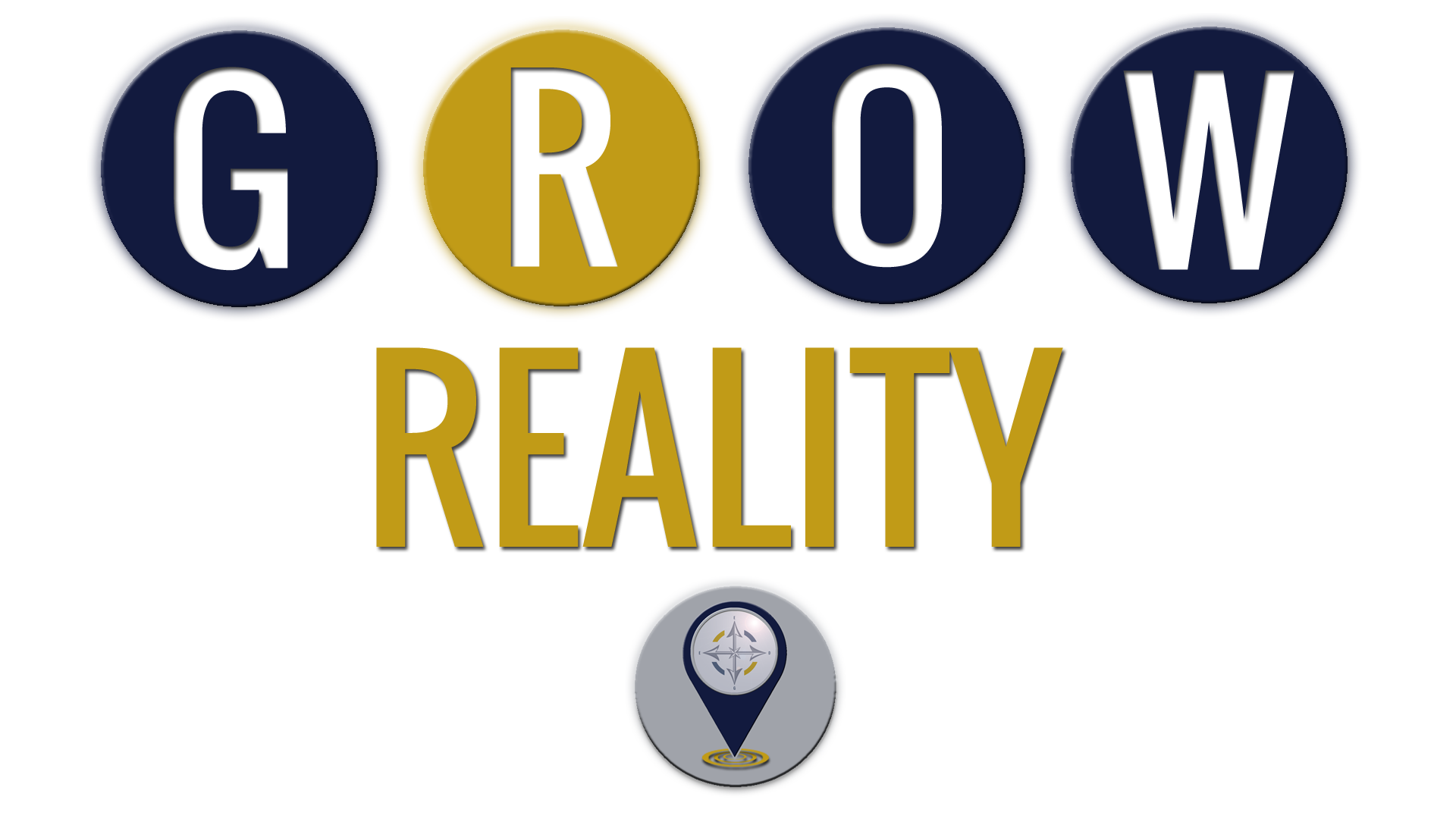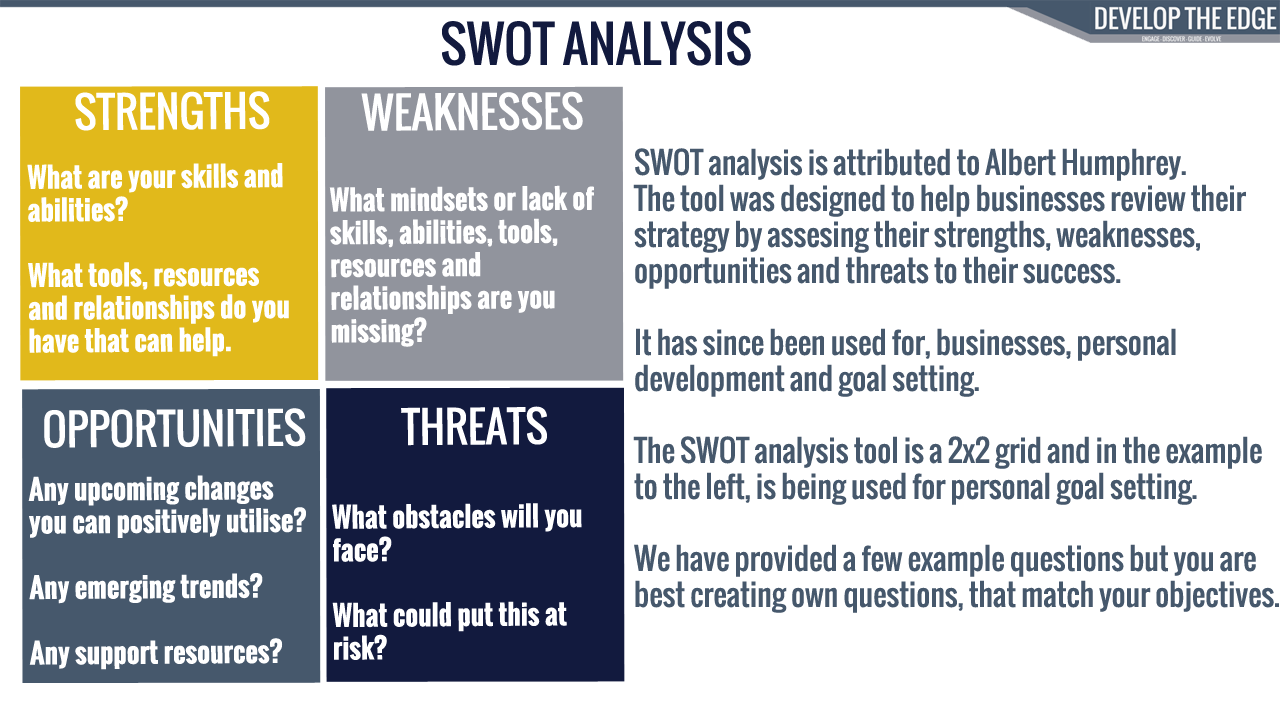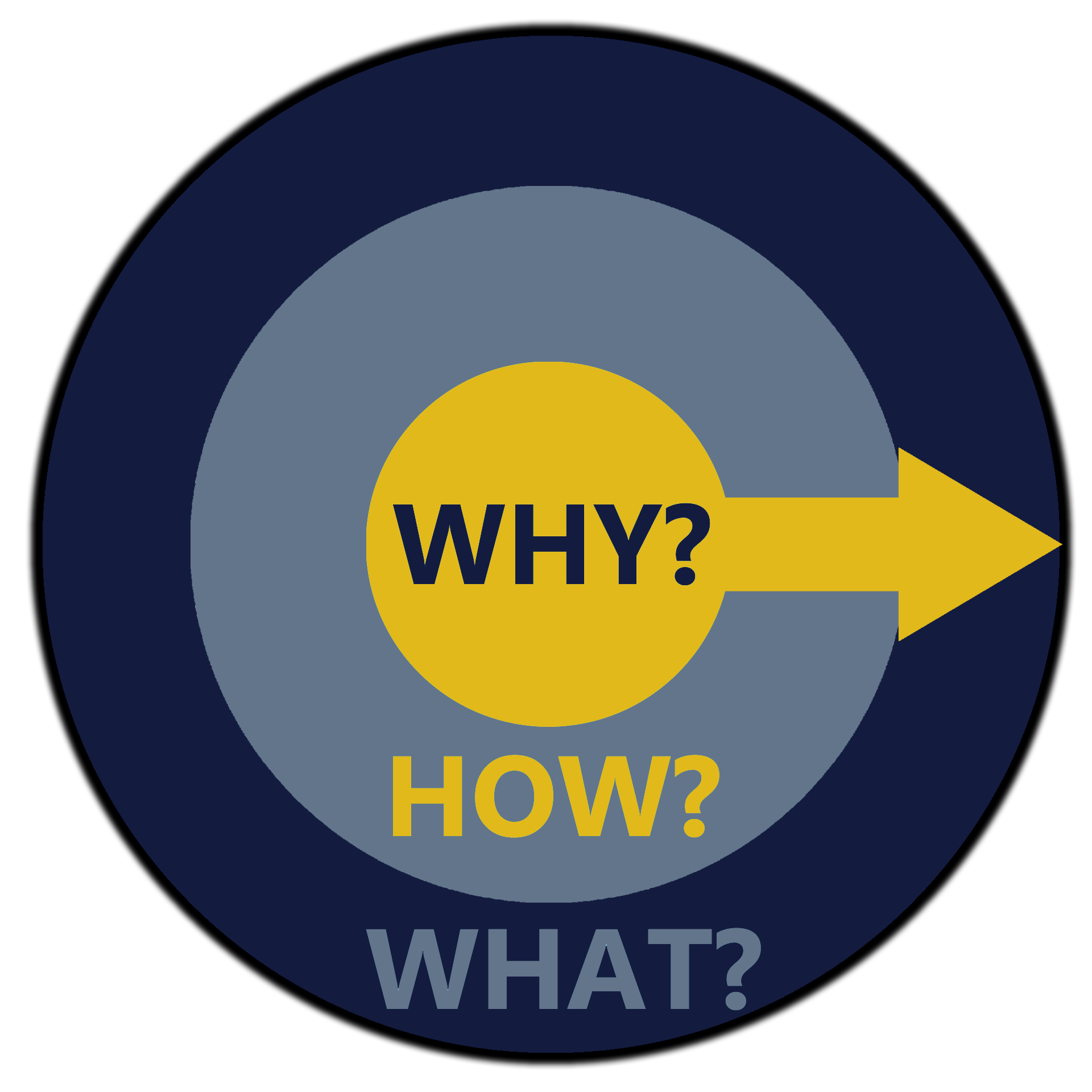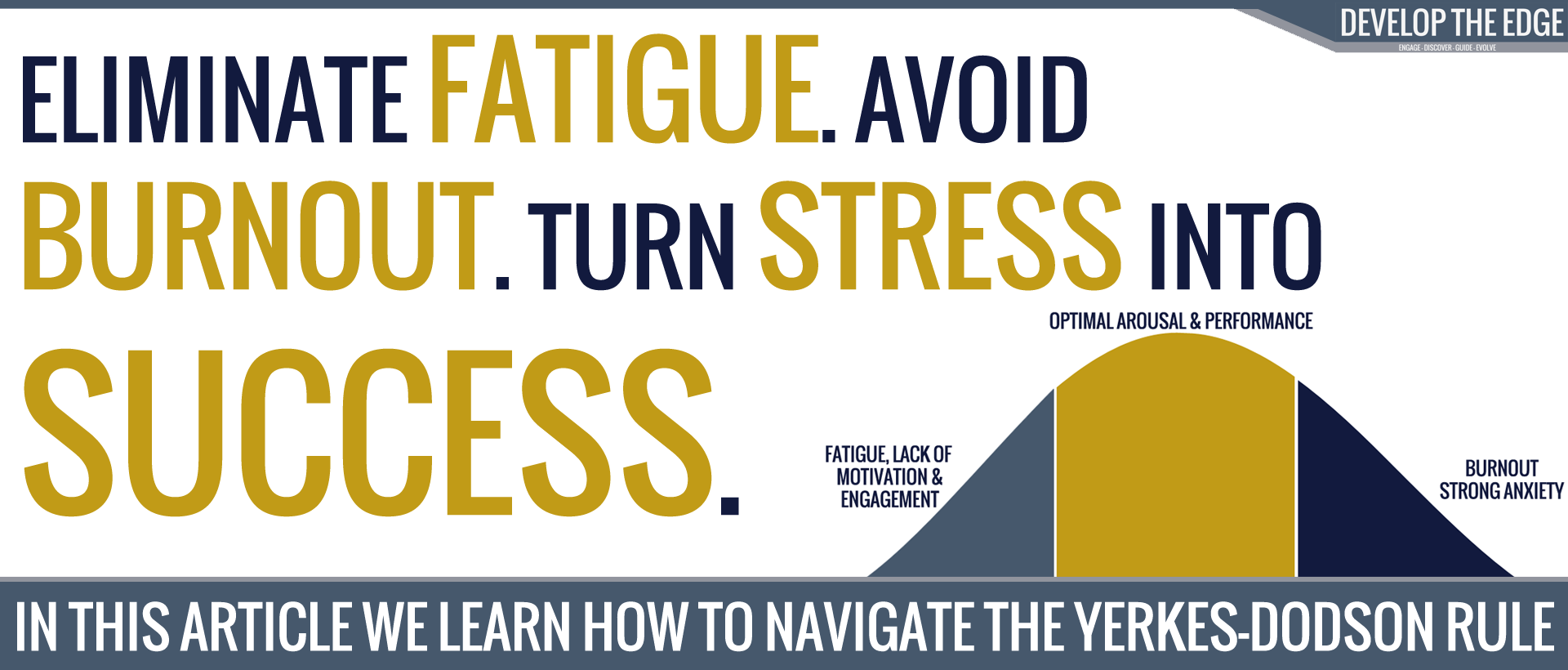
Most days, we will all feel an element of stress in our lives so consider asking yourself this question:
“How would I feel if I could turn that stress into success?”
In this article we are going to explore what stress is, discover what we mean by optimal stress levels according to the Yerkes Dodson Law and discover ways to change how we harness stress so we can benefit both our performance and our lives. Before we get into this article – I want to reach out to you as one human to another. If you are feeling stressed or are concerned about your wellbeing, please feel free to send us a message, we would love to speak to you and hear your story. Whilst we are not counsellors or medical professionals, sometimes a chat and a virtual brew shared can go a long way. That said, whilst we love speaking to people and helping where we can, please consider speaking to your Doctor or medical professional if you have concerns about your wellbeing as they will likely be in the best position to help. If you do just fancy a chat, you can reach us on Social Media @DevelopTheEdge or via email at Connect@DevelopTheEdge.com – we aim to reply as quickly as we can but between coaching, leading and training – sometimes it can take us a while. If you are struggling, please reach out to your Doctor or local mental health charity/service to see what support is available to you. If you are from the UK, you can reach Samaritans for free, 24/7, 365 days a year on: 161 123.
Our DM’s are open and a brew is on standby if you need us. That said, let’s crack on with this article and see how utilising our optimal stress level can see us boosting performance.
What is stress?

According to the NHS website:
“Stress is the body’s reaction to feeling threatened or under pressure… Experiencing a lot of stress over a long period of time can also lead to a feeling of physical, mental and emotional exhaustion, often called burnout.”
From this, we can understand that anytime we feel under pressure, in danger or threatened we can experience an element of stress. This feeling can have negative repercussions to both our physical and mental health…so how can we make this beneficial? Time to make this article practical with an exercise. Consider taking some time to rank the situations below from 1-5, with 1 being ‘no stress at all’, 3 being ‘some stress’ and 5 being ‘I can’t be anymore stressed’ – afterwards, we can reflect on our thoughts and take away a few key points:
- You have a project due in 3 months time and the only task you have yet to complete is to check punctuation.
- You receive a phone call that a loved one is in danger.
- Your probation review is coming up at work and you aren’t sure how it’s going to go.
- You are alone and a large group of loud people are making their way towards you.
- You have an exam tomorrow.
- You are late for an appointment and stuck in traffic.
- You have taken on too much at work.
- You need to leave the house to go shopping.
- You have a lot to do but if you keep to your plan, you know you can do it.
- You’re thirsty and need to go to the kitchen to get a drink.
What do you think the point of this exercise was?
Hopefully you found it a valuable one that you can share with others as part of a workshop or a way to build empathy/self awareness in your teams.
Our point? Well, considering that this article is about harnessing stress, there were 2 points of this exercise:
- Realise that everyone feels stress differently – something you’ve rated as a 5, could be a 1 to someone else.
- Not all stress is created equal – in the above list we may have felt lower and higher levels of stress. The level of stress we operate in determines how effective we are. Your reactions to the above stressors will have impacted how well you would have dealt with the situation.
Think about how each one will have made you feel, think and act. How would that have impacted your performance? How could we make ourselves more effective in those moments?
This leads us into the next part of our article – the Yerkes Dodson Law.
Your Optimal Stress Level – The Yerkes Dodson Law

The Yerkes Dodson law states that a person’s performance actually increases when an they are within a state of optimal stress arousal. We typically acknowledge stress as being a negative experience, so is it actually possible to harness a level of stress for our benefit? According to this, Yes. We need to be mindful though that this level of positive stress can become negative if the arousal level is too low or too high, decreasing productivity, engagement and memory. This indicates that there is a sweet spot for stress, a place where we can put ourselves for great results whilst avoiding the negative impacts of stress.
Below is the Yerkes Dodson diagram split into three sections:
- Low state of arousal where attention and interest are low (slate grey).
- Optimal arousal and performance (yellow), where it is best to operate and finally
- High arousal (dark blue) where stress impacts our performance due to levels of anxiety and burnout.

To put this into context, let’s ask ourselves these 2 questions:
- Reflective question 1 – Low arousal – how do you feel about completing a task when there isn’t a stressor attached to it? Where the task doesn’t feel important for you.
- Reflective question 2 – one such low arousal state from our above list could be: “You have a project due in 3 months time and you only have to check punctuation.” – how motivated are you to complete such a basic task right now in this moment when you have 3 months to do it?

The state of low arousal can be associated with lack of sleep or motivation. When we do not have a sense of purpose or mission, days can become long and tiring. In this state, we are not expecting to perform complex tasks or be in stressful situations. Due to this, we can lack motivation and attention to detail, potentially leading to poor performance, poor quality and a poor learning experience. We also know from Locke and Lathams research in goal setting theory that if a goal is too easy, we lack motivation to complete it. Do you think this could this be linked directly to the Yerkes Dodson Law? Let us know your thoughts – join the conversation on Social Media with #EdgeTalk
If you want to set challenging goals, consider checking out our article on the SMARTER model here which includes guides and templates to aid your journey to success.
To help us add more context to this theory, consider engaging with your experiences and answering the below 2 questions.
- Reflective question 3 – what situations have you been in where a low arousal state has impacted your performance?
- Reflective question 4 – optimal arousal – how do you feel when you have a challenging situation ahead but you are confident that you can achieve it? Consider a specific example if you have one.

The next part of the stress curve is the state of optimal arousal and it is where there is a balanced amount of stress, increasing motivation to complete the task at hand. Locke and Latham also discuss this in goal setting theory as the best place to set goals – something challenging but not too easy and not impossible, something that will stretch us if we work hard enough is typically something people find motivating. If you want to be more successful, this optimal arousal level is where you need to operate.
- Reflective question 5 – what situation have you been in where you achieved a goal through optimal arousal?
- Reflective question 6 – what was different for you here?
- Reflective question 7 – How do you feel when you have too much on and that you know the task ahead is impossible?

The third state, high arousal is where the stress level is over the optimal amount of stress and can be associated with anxiety, being tense, having low levels of concentration and focus. This can cause performance levels to decrease and lead to potentially dangerous impacts to your mental and physical health. We need to avoid this level of stress.
- Reflective question 8 – what situation have you been in where you have been impacted by high arousal?
- Reflective question 9 – how did this impact your performance?
Whist we know that stress changes from person to person, the theory also suggests that the optimal level of stress will vary based on the task at hand. For example, a higher level of arousal may be beneficial for an athlete rather than an office worker completing a daily task such as typing up minutes from a meeting. An athlete may also need to compose themselves in a high stress situation to bring themselves back to an optimal level such as a penalty kick, otherwise the level of stress they are under may impact their performance. England’s efforts at the 2018 world cup saw them focusing on taking their time for penalties and putting as much of the environment in their control as possible in order to focus on the task at hand and not feel rushed. The only stress they intended to feel was the optimal amount to do their best. With this in mind, it’s time we looked at some easy ways to take control and de-stress ourselves.
What causes stress?

Whilst there are many factors that lead to stress, there are a few key factors to consider as Leaders Coaches and Trainers: Skill level, mind-set, task complexity and confidence. In order to harness the power of stress, you need a moderate amount of stress for short periods of time. Extreme or chronic stress are generally unhealthy. This makes it important that we take time to understand our stress levels and identifying the reasons for stress, so we can work towards solutions.
Am I at my optimal level?

Whilst there are tools out there to help us establish our levels of stress such as the PSS-10 stress questionnaire, we may be able to identify our optimal stress level by reflecting on how effective we are in our actions and performance. What might a low stress level look like?
As we discussed earlier, we may seem:
- Bored
- Lacking motivation
- Lacking enthusiasm
- Low attention to detail
- Not concerned with quality
How do you feel when you are too stressed?
Typically, we feel elements of:
- Anxiety or panic
- Tension in the body
- Low levels of concentration
- Inability to focus
- Racing thoughts
- Short temper
In contrast to low and high stress arousal, optimal stress may have us feeling:
- Motivated
- Engaged
- Mindful
- Reflective
- Challenged
- Valuable
- Excited
Scan yourself now, which stress level have you been working at:
- Today?
- This week?
- This month?
- Last month?
With the levels of stress understood, we can now discover how to get ourselves into the Optimal levels of stress.
Increasing low stress arousal

When we feel bored, unmotivated, drained and disconnected – we don’t feel great in ourselves. In order to feel more motivated, we may need to increase our level of stress in a productive way. With that in mind, here are 3 quick ways to positively increase our stress levels; challenge, align values and understand the importance.
Challenge – simply put, if you are on the low end of the stress spectrum, you are probably not challenging yourself enough. When was the last time you took on a challenge? If you are already working on something, consider upping the level of difficulty associated with it. Could you reduce the amount of time to get tasks completed? Could you look to accomplish the goal in a way that puts you out of your comfort zone?
- Reflective Question 10 – How can I increase the challenge level of a task I am currently unmotivated to achieve?
Align Values – When we align ourselves to our task, we are more determined to get good results. Let’s take a simple, boring and un-motivating task – taking out the rubbish. If you were a person who values their family, you could align taking out the rubbish with doing what’s right for your family. Maybe you could be setting a good example, maybe you could be ensuring the house is clean and tidy, maybe you are creating a nice and healthy environment for those you care about. If you are a person who values discipline, then consider aligning taking out the rubbish as a task to test that discipline. When we align ourselves to our task, we increase our motivation levels. A great way to tie aligning values and understanding importance within a team is to adopt a Participating Leadership style that you can read about here, that encourages your team to find their own answers, increasing engagement and motivation.
- Reflective Question 11 – How can we align our values to the task at hand?
Understand Importance – Even if a task we have to do can’t be aligned to our values, it can be beneficial to understand the importance of the task. Consider Simon Sinek’s ‘Start with why’ movement. When people understand the importance of something, they are more likely to get involved. If you are not feeling motivated about a task, have you understood the importance of accomplishing it? If there is no importance to it after a lot of consideration…why is it on your task list?! Here is a quick video we put together on the Golden Circle and how to use it to engage with our goals on a deeper level:
- Reflective Question 12 – Have I understood the importance of the task? What is the real outcome of it?
Do you have any other tips for going from a low stress state to an optimal stress state? Join the conversation on social media with #EDGETalk
Reducing high stress arousal

The ability to recognize, label and manage stress can be extremely beneficial for being successful in life. To aid the management of stress, there are six easy de-stressing techniques you can utilize; deep breathing, visualisation, music, laughter, problem solving and segmentation. You can also utilize meditation and massage but they will not always be appropriate in work or a training environment.
The first technique, deep breathing uses something called diaphragmatic breathing, which uses you diaphragm muscle to breathe. Slow and deep breathing can help lower your blood pressure and relax your body. By counting to ten and not allowing yourself to get distracted by other thoughts, you can slow down your thoughts and refocus your mind. It increases the oxygen in your brain, can induce a calm state and being present helps to reduce anxiety. If you partake in wellbeing sessions with your team, these can form part of the session to help people become more present.
The second is visualisation, which can come in a few forms. First is to visualize the activity that is causing stress, such as facilitating a new session or having a difficult conversation. By visualizing yourself performing well, you can give yourself confidence and reduce stress levels. Athletes such as boxers use this to predict opponents moves in such a way, they can confidently predict the round they will the fight in alongside where they land their winning punch. As polarising a character as he can be, Conor McGregor has successfully predicted how and when he will win fights through visualisation. The other form is to visualize somewhere relaxing or safe in great detail, utilizing all of your senses such as touch, smell, sight, sound and taste to make it as realistic and vivid as possible. As a coach, visualisation techniques have been extremely beneficial in getting my Clients into the right state of mind and forms an integral part of our GURUS model.
The third technique is listening to music. Music has the ability to evoke a plethora of feelings based on what music is being listened to and your pre-disposition to what music you enjoy. When you walk into a gym, often high energy music is playing with a consistent beat. This encourages motivation and focus. Where people want to calm down, they can often listen to classical music and so on. Learning and Development teams have used music at key points of a learning experience as part of state elicitation and anchoring key learning points. What specific song helps you to feel calm? Join the conversation on social media with #EDGETalk
The fourth technique is laughter, as it releases endorphins and can reduce stress and anxiety levels. We know that information travels both ways between the body and the mind, meaning that the brain can impact you physiologically in regards to posture, breathing and so on but in turn, how you hold yourself, breathe and act can impact you mentally as well. You can laugh with friends, family and colleagues but need to be mindful on the types of humour you employ and how this can impact your reputation in the training environment. You can keep humorous images or videos on your desk or phone where possible to watch when stress levels get too high. People also participate in laughing yoga – have you tried this? How did it make you feel?
Fifth is to replace worry with problem solving. Dr Stephen Covey created the circle of concern and the circle of influence in order to help people focus on what they can impact (circle of influence) and ignore or limit the impact of things they cannot control (circle of concern).

By focusing on problem solving you are reducing the amount of worry as you are shifting your focus on being proactive and finding solutions. This will in time, make you more effective and resilient when faced with stressful circumstances. Once you have looked at the circles of concern and influence, you need to be proactive about the areas you can influence, do not waste time waiting for an opportunity, as it may never come. Another consideration is the Eisenhower Matrix, often referred to as the Urgent Important matrix in order to help you prioritise your workload – often having a plan in place is enough to help calm our minds. One key way to feel in control of your problem solving is to practice accountability – we have an article and free 40 page guide here to help you discover and improve your levels of Accountability.
Segmentation is a great approach to your workload, it can help you enter a state of flow and focus – enabling you to get more done. There are a few ways to work with segmentation, you could use something like a Pomodoro timer – press ‘go’ and start your activity, it times you for 25 minutes, an alarm sounds and you rest for 5 minutes. I wasn’t sure at first because it felt wrong leaving tasks unaccomplished but once I got in the swing of it, it was extremely valuable. Have you used the Pomodoro timer or alternative method? What works for you? Join the conversation with #EDGETalk
Other segmentation options are to set your day in tune with your natural circadian rhythm. What time of day are you better at different tasks? Use your rhythm to your benefit and chunk activities that compliment each other together.
Closing thoughts

We all experience an element of stress in our lives, sometimes the stress level is low and we may feel unmotivated, bored and restless. Sometimes the stress level is too high and we feel overwhelmed, anxious and irritable. By understanding our stress levels and how they impact how we feel, we are able to enter an Optimal Stress level that is beneficial for performance.
If you have identified a low stress state in yourself or your team and want to encourage engagement, you can challenge yourself or your team, align values and understand the importance of the tasks at hand. If stress levels are too high, it can be beneficial to reduce stress levels using one or multiple of these methods; deep breathing, visualisation, music, laughter, problem solving and segmentation.
As a bonus, you can research the 7 types of rest which include; Physical, Mental, Sensory, Creative, Emotional, Social and Spiritual. Realising the different types of rest were an absolute game changer for me, all I had considered previously was physical rest. Being able to recognise the type of rest you need can speed up recovery. At the bottom of this article we have created a one pay guide for you alongside a free Reflection guide to help you identify and move towards your Optimal arousal level.
How do you create an optimal level of stress?
#DTETalk
If you’ve found this article valuable, consider sharing it and helping people develop their ability to be effective through stress management. If you want to help people manage stress whilst learning something new, our article on THE 5 STAGES OF LEARNING can help people avoid self doubt and limiting beliefs on their journey.
Book in your free, no obligation Coaching Session with us today:






























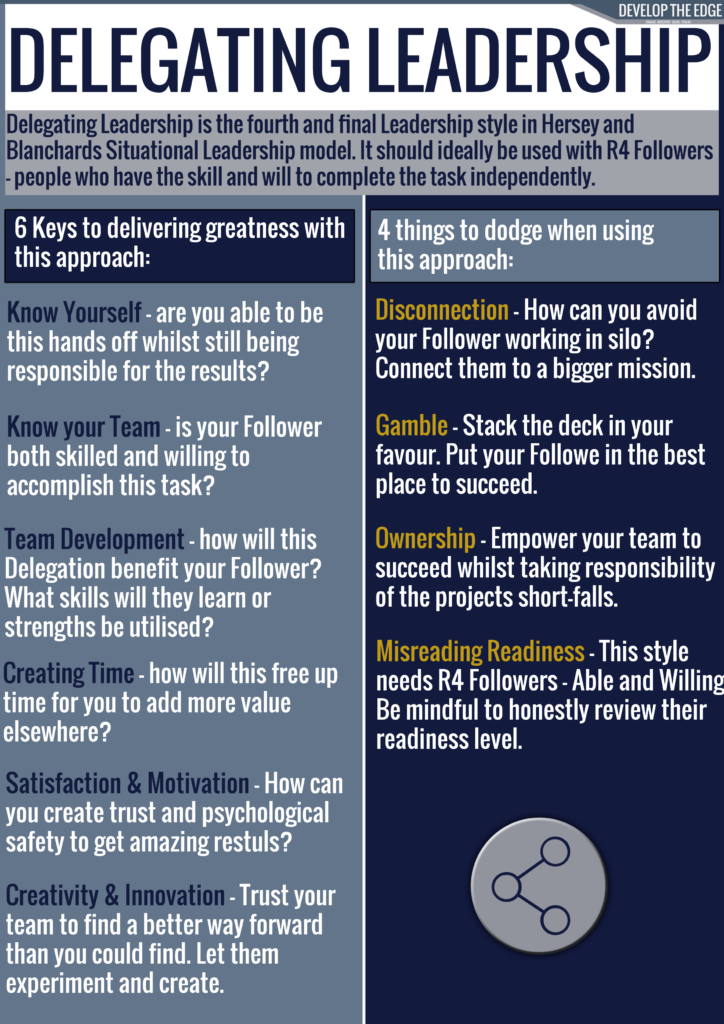













 The third step is to take action on the back of your discussion. Just like with coaching, people will be more committed to a plan when it is their own idea. Let them tell you what is realistic for them but remember to guide where needed. For example, if they say they will never be on time on a Monday ask these questions:
The third step is to take action on the back of your discussion. Just like with coaching, people will be more committed to a plan when it is their own idea. Let them tell you what is realistic for them but remember to guide where needed. For example, if they say they will never be on time on a Monday ask these questions:








